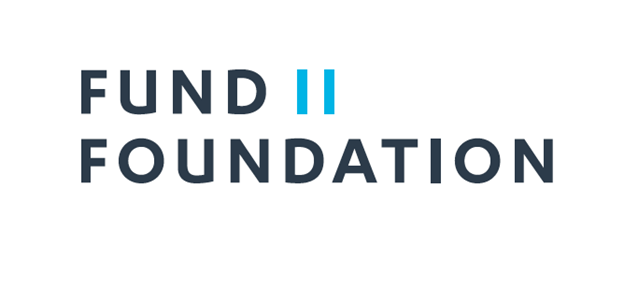Robert Smith, President of Fund II Foundation Board and Sandy Weill, Chairman and Founder of NAF at NAF Next 2017
In celebration of National Philanthropy Day 2018, NAF recently spoke with Fund II Foundation’s Executive Director, Linda Wilson, about the vision of American businessman, investor, and philanthropist, Robert F. Smith, who is the founding director and President of the Fund II Foundation; what drives their mission and purpose; and how they are creating opportunities for generations to come.
Fund II Foundation (F2F) is deeply committed to advancing social change and creating an enduring American legacy and under the “Cradle to Greatness” framework has aligned its priorities to prepare and propel generations of talent to succeed. NAF is a grantee of the Fund II Foundation.
F2F focuses its support on five key areas:
1. Preserving the cultural richness of the African-American experience for future generations;
2. Safeguarding human dignity by giving voice to the voiceless and promoting human rights;
3. Conserving the environment, promoting outdoor education, and providing the benefits of the great outdoors to people of all ages and backgrounds;
4. Affording music education, particularly in primary and secondary schools, to nourish both talent and the soul; and
5. Sustaining the America values of entrepreneurship, empowerment, innovation, and security.

How do you see these areas relating to each other and what inspired Robert Smith to choose to focus on these in particular?
· F2F approaches its mission holistically and supports organizations, initiatives, and programs that lead to a renewed hope in American life as well as prosperity in all its forms. F2F’s focus areas and Cradle to Greatness initiative work together to create broad-based progress for underserved and overlooked people and inspire other changemakers to invest in their communities.
· Robert’s sense of purpose and philanthropy is informed deeply by African American heritage and history, and the African American experience has made him keenly invested in promoting human rights and the dignity of meaningful work in underserved communities.
· As an engineer, Robert’s STEM education was complemented by music and art and he seeks to create these opportunities for others. Robert recognizes the role that mentorship and opportunities created for him in his professional journey, and he and the F2F are working to create those opportunities for generations to come.
What are the main challenges you face as a funder in selecting new organizations to support and when you are evaluating the organizations you currently fund?
· F2F works with organizations of varying size — what they have in common is a clear vision and demonstrated impact. Large and small organizations each have unique challenges and a central part of F2F’s work is to ensure that its assets are allocated in a manner that works most effectively for the intended beneficiaries — regardless of the partner organization.
· While large organizations often have enviable reach and scalability, they may not have a direct connection with community-based partners that can help identify what is most needed on the ground. True collaborations, where all partners are valued for their strengths and promises are kept, is required for long-lasting impact in communities.
· Newer organizations are usually still seeking sustainable funds for their operations; funders are seeking programs and projects with a measurable life cycle. Balancing those two perspectives to ensure a win-win partnership can be challenging, but with a commitment to a shared case, it is achievable.
How do you think NAF helps carry out Fund II’s mission?
· NAF has a proven track record and wants to improve performance in the very communities that F2F is seeking to support and transform. Creating access to employment opportunities and pipelines to entrepreneurship are cornerstones of the NAF curriculum. Improved educational outcomes and career path promotion are essential for true health, wealth and well-being for individuals and families — particularly for those who have been historically overlooked and underserved.
Do you think it’s important for non-profits to partner together to solve the most pressing problems in our society and is Fund II encouraging that among its grantees? If yes, how so?
· Absolutely. Not only is it important — it is essential for nonprofits to partner to solve some of our most pressing challenges.
· In its 4-year history, F2F has had two collaboration convenings. We take pride in bringing together our grantees, along with like-minded and like-hearted allies, to explore how to make requests; help each other reach their goals, and secure support going forward. We know that turning speed dating into lasting, fruitful “marriages” takes more than intention — it takes action. F2F offered monetary incentives during its second convening to catalyze more long-lasting relationships.
What do you think is the most important factor or game changer that will enable minority youth from underserved communities to achieve a successful future?
· Two things: Internships and parental engagement.
· Anyone who trains and develops young people understands that they learn by doing and interacting with people who are invested in their success. Internships provide mentors, sponsors, and team members — a “village” that exposes youth to the beauty of accomplishment as well as the hard-won wisdom that comes from making mistakes.
· However, internships are not enough to propel young people to succeed. Parents, even those living in challenging tough situations, desperately want to expose their children to a better way of living; children, even those that are surviving tough childhoods, want to bask in their parents’ attention and learn from them.
· NAF is in an incredible position to influence both outcomes.

